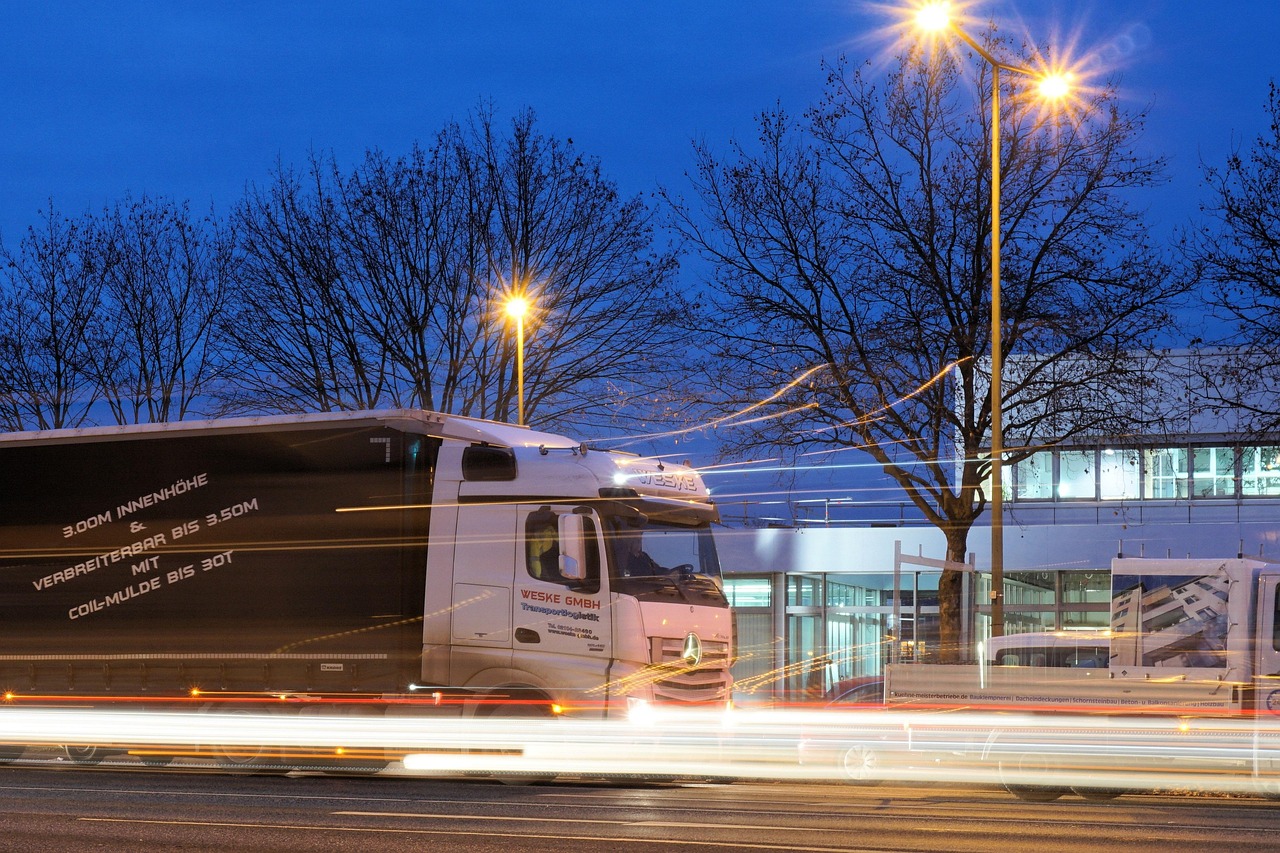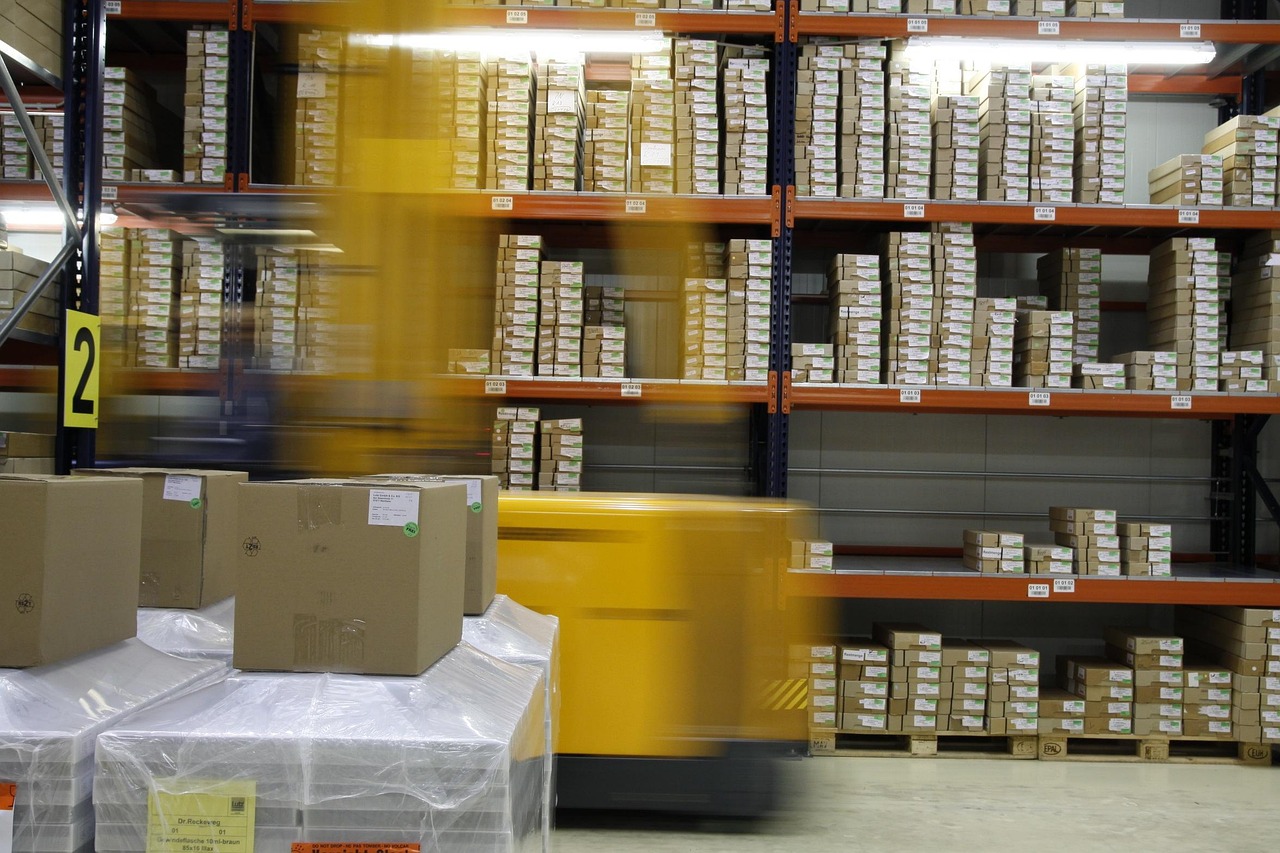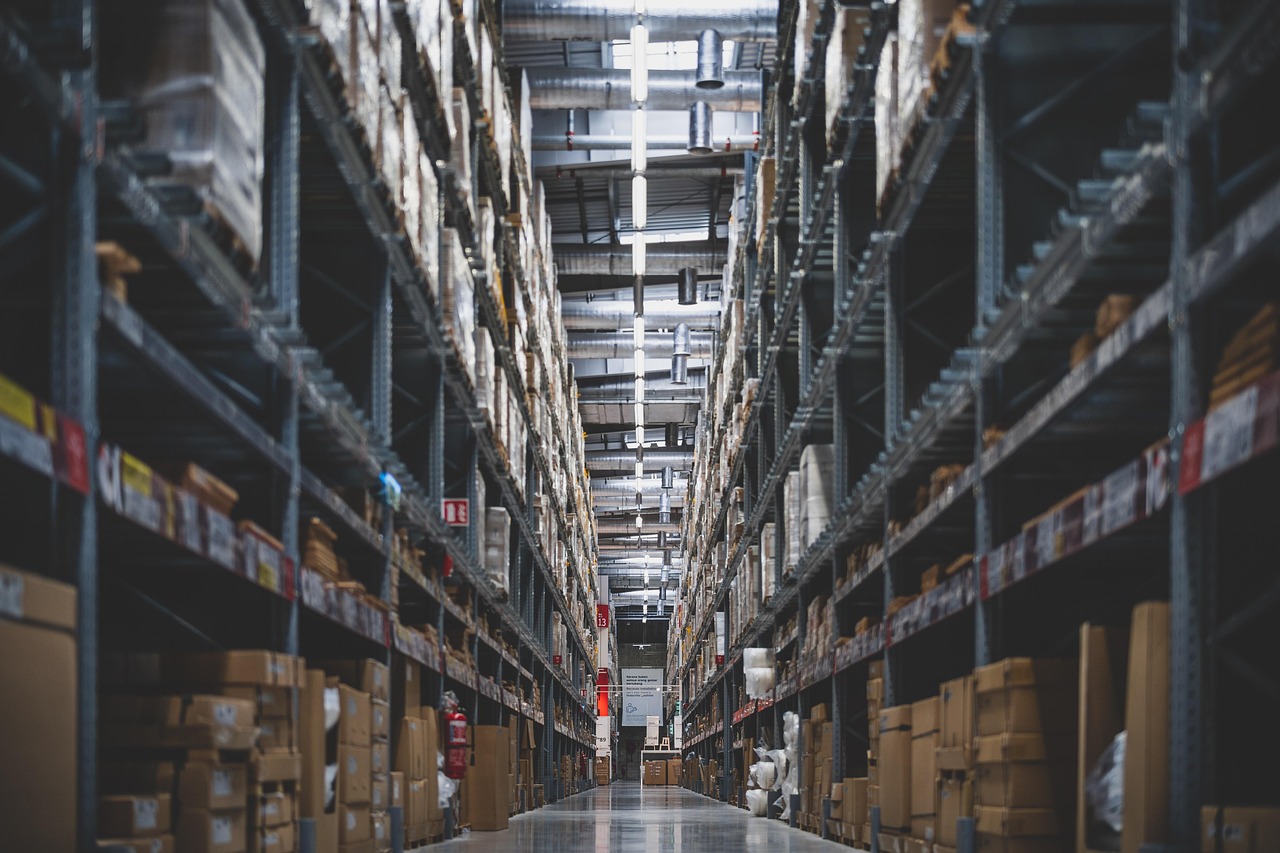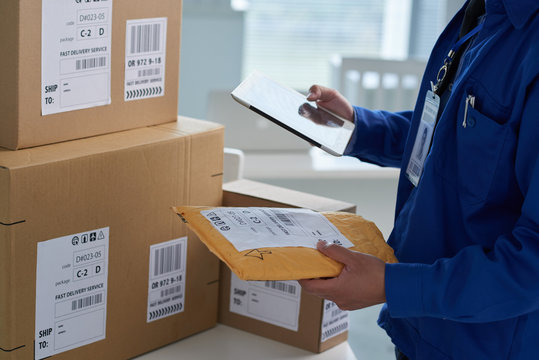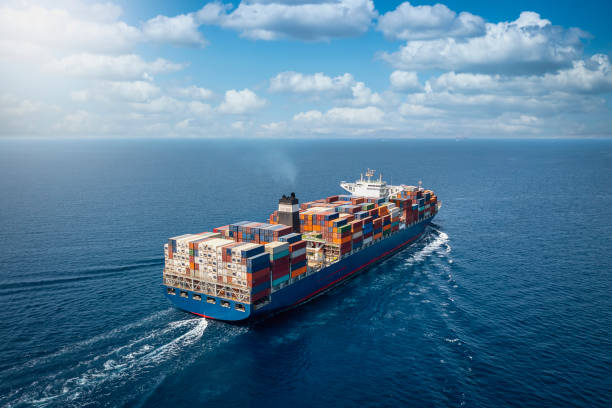This is your opportunity to learn about the main challenges of distribution logistics and to offer a competitive service in your e-commerce. Find out everything here.
Consumer expectations don't wait: in distribution logistics, every second counts, since a wrong decision can lead to cost overruns or defaults, especially when market demands are constantly changing and a balance must be found between operational efficiency and customer satisfaction.
The challenges are many, but with the right strategies, it is possible to overcome them. Throughout our blog, we'll show you what the most critical issues are and how it's appropriate to address them to keep your supply chain under control.
What are the challenges in distribution logistics?
As global markets expand and technology advances, the obstacles faced by e-commerce logistics also require long-term strategic planning to remain competitive. Next, we are going to present those stones in the way that you must be aware of in order to give immediate attention:
1. Inventory Management
What is its importance in? Simple: en ensure that online stores have the right products, at the right time and place, without incurring excesses or shortages that affect the opinion of buyers. Inefficient management can result in serious financial problems, such as lack of liquidity due to a large amount of stock or losses due to not being able to meet demand.
Some of the biggest challenges observed are maintaining an adequate balance between inventory levels and market fluctuations; as well as the lack of visibility and control in real time over what is available and the accurate prediction of demand.
The adoption of technologies such as inventory management software or RFID tags are solutions to make a difference, as they offer a complete view and automation of critical processes such as stock replenishment or merchandise tracking.Would you like to master the essential concepts of ecommerce logistics and apply them to your business?

2. Optimization of transport costs
Transportation costs, including fuel, vehicle maintenance, insurance, and labor, represent one of the biggest components of the business logistics budget. These expenses impact profitability and affect your ability to be competitive because slow transportation or transportation with inefficient routes can lead to an increase in the final cost of the products. For example, the last leg of delivery (known as “last mile delivery”) usually generates high expenses per unit of item because multiple small shipments to dispersed destinations need to be managed. This becomes even more problematic for ecommerce that seeks to offer free shipping, since they have to absorb those costs without passing them on to the consumer.
But all is not lost, optimizing drivers' routes, maximizing the use of means of transport, careful selection of suppliers, as well as outsourcing to third parties, are strategies that, when implemented, will be of great help.
3. Compliance with delivery times
Today, consumers expect ever faster delivery times, with options such as same-day or next-day shipping, putting enormous pressure on the logistics distribution chain. The lack of punctuality, without a doubt, can result in lost sales, dissatisfied consumers and even damage to the brand's reputation. This is why, as in the previous point, creating more efficient routes is something necessary that can be achieved through The implementation of advanced software that takes into account factors such as traffic or weather conditions.
Another emerging trend is the use of micro product distribution centers through which e-commerce stores inventories closer to the final consumer. Finally, the adoption of emerging technologies, such as drones and autonomous vehicles, promises to revolutionize the field of deliveries in areas that are difficult to access or with high congestion in the not too distant future.
4. Adaptation to demand fluctuations
Variations in demand can be caused by various factors, such as seasonal changes, economic crises, consumer trends or interruptions in the supply chain. In this context, a company's potential to adjust its logistics operations in an agile manner should not be overlooked.
It is advisable to address this by automating demand forecasts through the use of artificial intelligence (AI) and predictive analysis, tools with which businesses will anticipate changes in consumption patterns with greater precision, adjust inventory levels and enhance both production planning and distribution.
By adapting to these fluctuations, ecommerce businesses will be able to offer greater flexibility and responsiveness in a constantly changing environment.
Find out how Integramedia improved its logistics and achieved remarkable growth.
5. Sustainability and reduction of the carbon footprint
Did you know that transport and logistics are responsible for a portion of global CO₂ emissions? To counteract the environmental impact, companies such as FedEx and DHL have begun to electrify their fleets, with ambitious goals such as achieving carbon-neutral operations by 2040.
In addition, shipping companies such as Maersk are investing in green fuels such as methanol and hydrogen to reduce emissions in shipping, which is one of the most polluting modes of transport.
Similarly, the use of renewable energy in logistics facilities, such as the installation of solar panels in distribution centers, has proven to be a valuable investment in reducing energy costs and emissions in the long term.
Reverse logistics, or circular economy, is also gaining relevance, as it encourages the reuse, repair and recycling of returned products in order to minimize waste and reduce the need to manufacture new products.
All of these efforts are part of a broader transition to logistics solutions that seek to comply with current regulations, satisfy consumers and offer competitive advantages in a market that increasingly values sustainability.

Logistic solutions to address distribution challenges
Implement an optimal management system
Solutions such as Warehouse Management Systems (WMS) allow better visibility and control over processes such as inventory management, resource allocation and order tracking. In addition, by integrating information in real time, businesses can reduce errors, improve shipping accuracy and maximize the use of their facilities.
Of course, it should be taken into consideration that a good management system automates repetitive tasks and provides valuable data for strategic decision-making.
Work in collaboration with suppliers
Many companies are achieving significant cost improvements through closer collaboration with their suppliers, optimizing product design, manufacturing processes and shared logistics. To achieve this, tools such as transparent cost models are required that allow both parties to discuss modifications based on data and not just in traditional negotiations.
In itself, trust and transparency are the pillars for strengthening relationships of this type; however, it requires time and a progressive approach, starting with small collaborative projects that demonstrate the commitment of the participants.
Establish an omnichannel strategy
Implementing an omnichannel strategy helps ecommerce to streamline the distribution process and to quickly adapt to consumer preferences, such as flexible delivery options, in-store pickup or shipping from physical stores. Unlike multichannel logistics, where each channel operates independently, omnichannel unifies inventory and order management.
If companies choose it as an alternative to invest, then will be better prepared to face current and future logistical challenges, since resources can be used and delivery times can be minimized.
Overcome all your distribution logistics challenges now
An ecommerce can offer quality logistics and remain functional, as long as factors such as inventory management, optimization of transportation costs, compliance with delivery times and adaptation to fluctuations in demand come into play.
However, those who promote collaborative relationships and agree to work hand in hand with technology will be able to position themselves as leaders in their sector, with a loyal customer base that constantly chooses them for their products.
Another key alternative is to rely on allies with experience in fulfillment in Mexico City, Querétaro or Guadalajara, which allow e-commerce to optimize inventories and respond more quickly to demand. With a strategic network, not only are transportation costs reduced, but it also guarantees better compliance with delivery times, increasing customer satisfaction.
Ready to improve your logistics? Get to know Cubbo's solutions and make your ecommerce successful!


